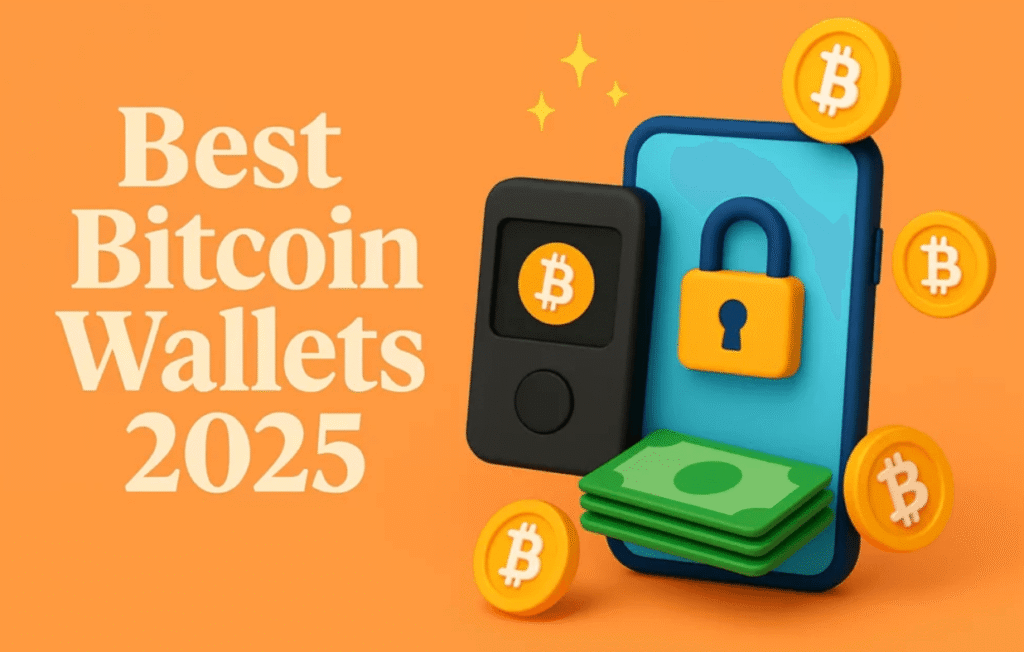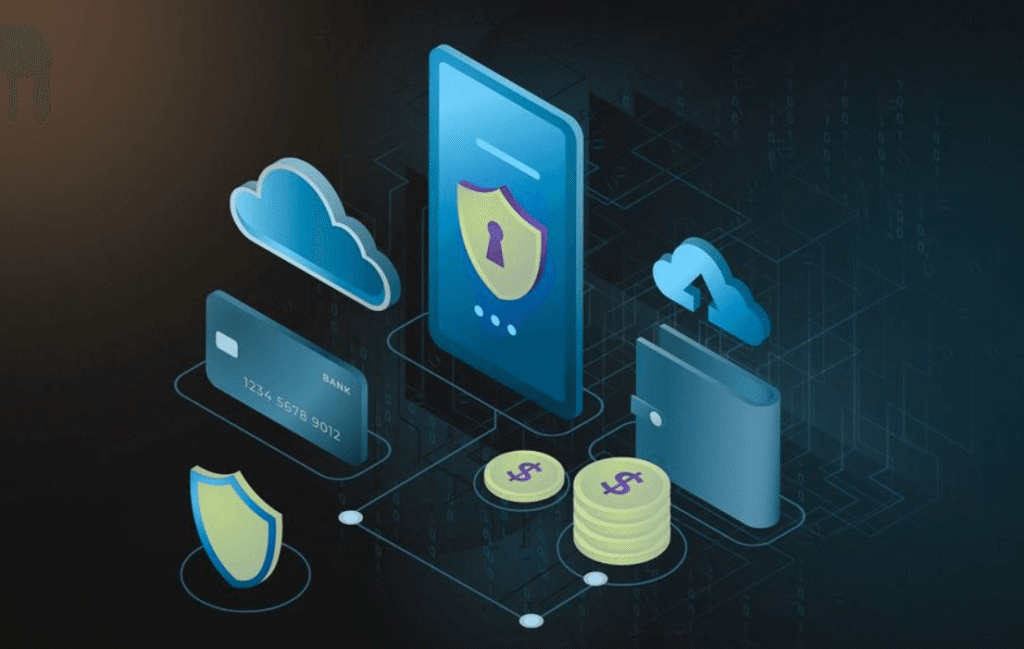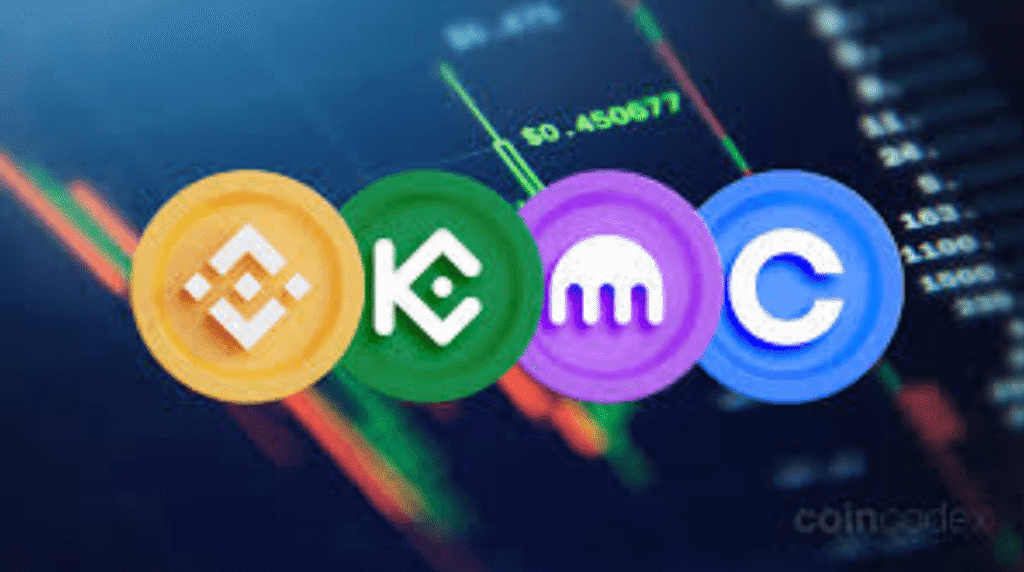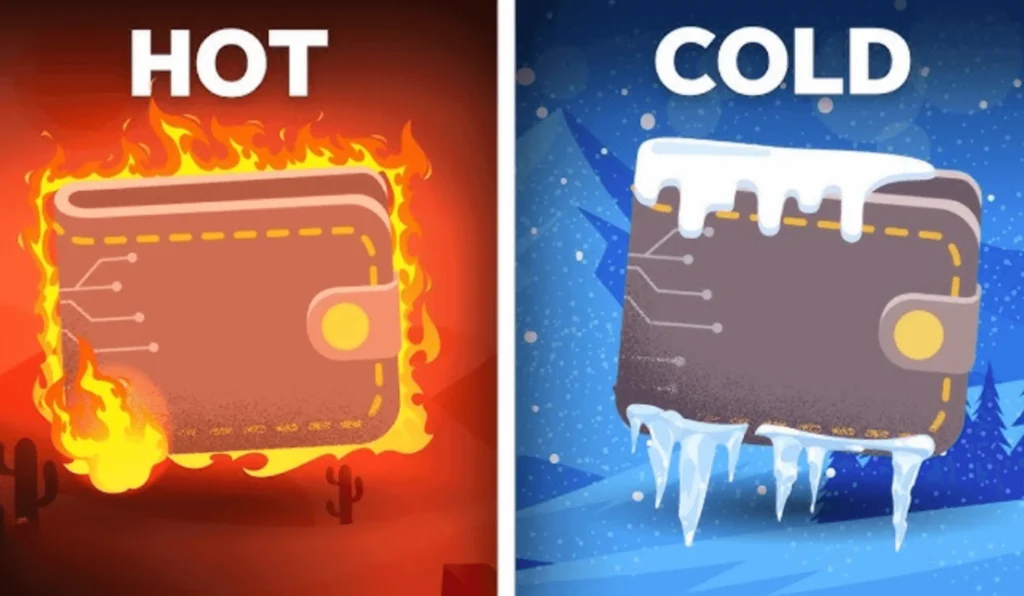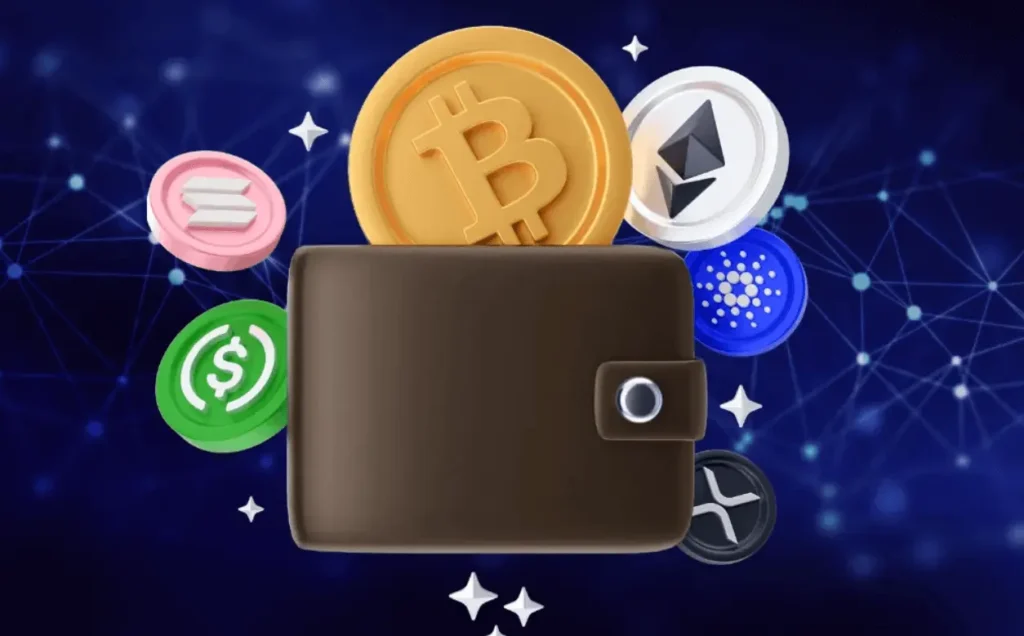In today’s fast-paced digital economy, blockchain technology is revolutionizing industries far beyond cryptocurrency. From banking to healthcare, from real estate to voting systems, the impact of blockchain is disrupting traditional systems with its promise of security, transparency, and decentralization. If you’re asking, “What is blockchain and how does it work?”—you’re not alone. Millions of people are searching to understand this innovation and how it connects to Bitcoin, Ethereum, NFTs, DeFi, and smart contracts.
This comprehensive guide will walk you through everything you need to know about blockchain, how it works, and why it matters in 2025 and beyond. Whether you’re an investor, a business owner, or a curious learner, this article will clarify blockchain’s concepts, use cases, and real-world benefits.
Core Principles of Blockchain Technology
Blockchain is not just about cryptocurrencies—it’s a distributed ledger technology (DLT) that ensures data integrity and transparency in a decentralized way. Here’s a breakdown of the key components and principles that make blockchain function:
1. Decentralization
- Unlike centralized systems (banks or governments), blockchain operates over a peer-to-peer (P2P) network.
- Every participant (called a node) has access to the full version of the ledger.
- Removes the need for intermediaries, reducing costs and increasing efficiency.
2. Transparency
- Each transaction is recorded on a public ledger visible to all nodes.
- Immutable records ensure audit trails for every transaction.
- Encourages trust and accountability in finance, supply chains, and public services.
3. Security and Cryptography
- Blockchain uses advanced cryptographic algorithms to protect data.
- Transactions are encrypted using private/public key infrastructure (PKI).
- Hacking is extremely difficult due to the consensus mechanisms and decentralized design.
4. Consensus Mechanisms
- For any transaction to be added, the network must agree via a consensus protocol:
- Proof of Work (PoW) – Used by Bitcoin; requires computational power.
- Proof of Stake (PoS) – Used by Ethereum 2.0; more energy-efficient.
- Other variants include Delegated PoS, Proof of Authority, etc.
- Proof of Work (PoW) – Used by Bitcoin; requires computational power.
Blockchain in Action – One Topic Overview
Understanding how blockchain works is easier when you break it down into core steps. The table below illustrates a simplified model of how blockchain records a transaction:
| Step | Action | Description |
| 1 | Transaction Initiated | A user initiates a transaction, e.g., sending Bitcoin. |
| 2 | Broadcast to Network | The transaction is broadcast to all network nodes. |
| 3 | Validation | Nodes validate the transaction using the consensus mechanism. |
| 4 | Block Creation | Validated transactions are grouped into a new block. |
| 5 | Block Added | The new block is added to the existing chain permanently. |
| 6 | Confirmation | The transaction is completed and becomes immutable. |
This process occurs within seconds or minutes, depending on the blockchain network. Once added, blocks cannot be altered—ensuring trustless and irreversible transactions.
Applications of Blockchain in the Real World
The real value of blockchain lies in its practical applications across multiple sectors. It’s more than just crypto; it’s redefining digital infrastructure.
- Cryptocurrency Transactions: Bitcoin, Ethereum, Solana, and thousands of altcoins use blockchain to record and validate transactions without centralized banks.
- Smart Contracts: Deployed on platforms like Ethereum, smart contracts are self-executing agreements coded directly onto the blockchain. Use cases include NFT marketplaces, DeFi protocols, and even legal documents.
- Decentralized Finance (DeFi): Blockchain enables lending, borrowing, trading, and staking crypto assets without middlemen—offering high-yield interest opportunities through protocols like Uniswap, Aave, Compound.
- Supply Chain Tracking: Companies use blockchain to trace goods from origin to destination, improving authenticity, logistics, and fraud prevention.
- Healthcare Data: Blockchain ensures secure, tamper-proof medical records, improving data sharing between providers while complying with HIPAA and GDPR.
- Voting Systems: Tamper-proof digital voting through blockchain could eliminate election fraud and enhance trust in democratic processes.
Benefits of Blockchain Technology
Blockchain provides several tangible benefits for both businesses and individuals:
- ✅ Enhanced Security: Every block is encrypted and linked to the previous one, making tampering virtually impossible.
- ✅ Reduced Costs: Eliminates third-party intermediaries and manual reconciliation efforts.
- ✅ Faster Transactions: Settlements that take days via banks happen in minutes or seconds on blockchain.
- ✅ Global Access: Enables banking for the unbanked, especially in developing countries.
- ✅ Traceability: Each transaction is recorded and verifiable, making blockchain ideal for logistics and anti-counterfeiting.
Risks and Limitations of Blockchain
Despite its advantages, blockchain is not without challenges:
- ⚠️ Scalability Issues: As networks grow, processing more transactions becomes slower and costly (e.g., Ethereum gas fees).
- ⚠️ Energy Consumption: PoW blockchains consume massive electricity, raising environmental concerns.
- ⚠️ Regulatory Uncertainty: Governments are still figuring out how to regulate crypto assets and DeFi platforms.
- ⚠️ User Error: Lost private keys mean lost assets; there’s no password reset in crypto.
These limitations are being addressed through layer 2 solutions, green consensus models, and regulatory clarity from institutions like the SEC and IMF.
FAQ: What Are the Most Popular Blockchain Platforms Today?
Here are the top blockchain platforms in 2025 and their main use cases:
| Platform | Use Case | Token |
| Bitcoin | Digital gold, store of value | BTC |
| Ethereum | Smart contracts, DeFi, NFTs | ETH |
| Solana | High-speed decentralized apps (dApps) | SOL |
| Polygon | Ethereum scaling solution | MATIC |
| Cardano | Eco-friendly smart contracts | ADA |
| Ripple | Global cross-border payments | XRP |
| BNB Chain | Web3, gaming, NFTs | BNB |
These platforms are supported by thousands of developers, investors, and global enterprises.
Final Thoughts on Blockchain Technology
Blockchain is more than a tech buzzword—it’s the backbone of a decentralized digital economy. As cryptocurrencies gain mainstream adoption, and governments test central bank digital currencies (CBDCs), blockchain will become a part of our daily lives. Understanding it now puts you ahead in a future driven by trustless technologies.
Whether you’re looking to invest in crypto, start blockchain development, or just understand how smart contracts work, blockchain literacy is now essential. The technology continues to evolve, but the core idea remains: security, decentralization, and transparency in the digital age.


